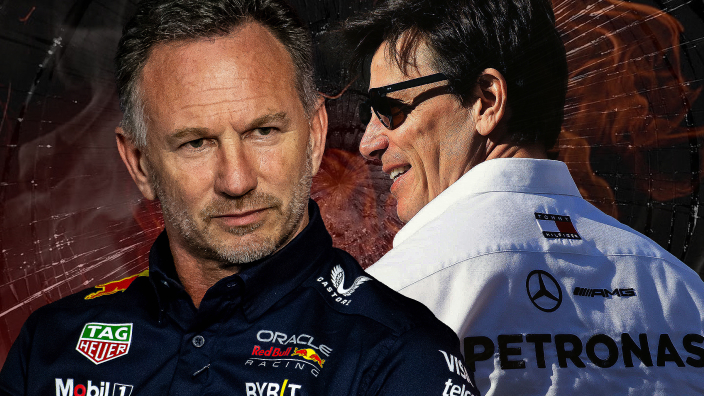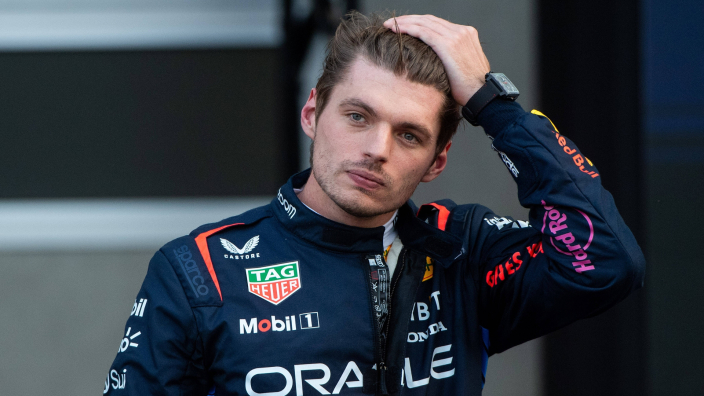UMW Toyota multi-pathway strategy towards carbon neutrality – why hybrid is still the best option for M’sia
Malaysians are very excessive in our use of resources, and we’re not talking about the 16,720 tonnes of food being thrown away, daily, or the fact that we have the highest consumption of water per […] The post UMW Toyota multi-pathway strategy towards carbon neutrality – why hybrid is still the best option for M’sia appeared first on Paul Tan's Automotive News.

Malaysians are very excessive in our use of resources, and we’re not talking about the 16,720 tonnes of food being thrown away, daily, or the fact that we have the highest consumption of water per capita in the region. At this channel, we talk about fuel, where decades of subsidised petrol (and energy, in general) means that Malaysians ‘can afford’ to be wasteful.
How so? A car running with air con while we wait for takeaway food or groceries, cars going multiple rounds of the block in search for the perfect parking spot instead of an empty lot further away, and the list goes on. The examples above, which you see daily at commercial areas across the country, not just at affluent areas, is because petrol is cheaper than soft drinks in Malaysia.
But that’s all about to change as blanket fuel subsidies is set to be abolished by mid-2025, to be replaced by targeted subsidies for those who are require assistance. RON 95 petrol will no longer be RM2.05 per litre for everyone, and we’ll see if a hit in the pocket will change our wasteful habits.
For those who say that we’re an oil producing nation and cheap petrol is our right, well, our current RON 95 price is lower than Saudi Arabia’s. In any case, Malaysia’s oil reserves are depleting at a fast rate – economy minister Rafizi Ramli recently said that oil and gas extraction in Peninsular Malaysia has declined by half over the past decade, although reserves in Sabah and Sarawak are still healthy.
What’s for certain is that we need to reduce our dependence on fuel, which means using less of this finite energy source. Besides improving our motoring habits, we can also place high efficiency as a main priority when it comes to choosing cars.
Not ready or willing to switch to electric vehicles? You’re not alone. As the majority of carmakers around the world put their product and production focus on EVs, they’re also finding out that supply has overwhelmed actual demand from consumers, leading to heavy discounting just to shift EVs. On the other hand, sales of hybrids has increased in recent times. Yes, hybrids, the first step of electrification that some laugh off as primitive.
Toyota is synonymous with hybrids (HEV) and has done more than most to champion hybrid tech, which combines a high-efficiency internal combustion engine with an electric motor. The world’s number one carmaker thinks that HEVs are the best fit for Malaysia, considering our infrastructure landscape. EVs may be perfect for certain countries (think Scandinavia), but HEVs are fit-for-purpose for Malaysia.
Toyota Malaysia says that HEVs are the “most accessible and realistic choice for Malaysian customers in terms of practicality and infrastructure. It’s the most economical and practical solution for mass market production and sale in terms of reduced CO2 emissions, practical usage and price acceptance by customers”.
“It also requires no new infrastructure to be built, for instance charging stations – the vehicle does not need to be charged and it completely eliminates any anxiety users may have in terms of limited driving range,” the company pointed out, highlighting the biggest concern among motorists when it comes to EVs – charging.
While it is true that the daily running of EVs depends more on home/overnight charging as opposed to public chargers, it excludes many urban Malaysians who live in high-rise buildings. Even if these high-density dwellings have chargers (sprouting up at a fast rate in Klang Valley condominiums), it’s at best just a couple of chargers serving a few hundred units, which by the way is considered low density by today’s standards.
But surely EVs are cleaner than hybrids, which still burn fossil fuel? Clearly so, if you only take into account emissions from the ICE car’s tailpipes (zero for EVs). According to Toyota Malaysia, both HEVs and EVs produce similar amounts of carbon dioxide in a car’s full life cycle, which takes into account vehicle production, energy generation and ownership over a 10-year period.
If you look at emissions from a wheel-to-well perspective, as opposed to just tailpipe emissions, then the picture changes significantly. Not many think about the source of the electricity that feeds EVs, which can range from dirty (burning coal) to renewable and pure (wind and solar, for instance). The most recent data for Malaysia (2021) shows that we derive a majority portion of our power from coal (65.84%), followed by natural gas (29.67%), hydropower (3.78%) and solar (0.7%).
As mentioned, EVs are the perfect green solution in certain places. For instance, Norway – where 82% of new car sales in 2023 were EVs – gets 89% of its electricity from hydropower. Throw in 9% from the wind and the energy pie is almost fully-renewable – the perfect scenario for EVs. For our country, Toyota Malaysia says that hybrids are just as effective as BEVs in reducing total emissions, given our energy mix.
Toyota knows that moving forward, zero-emissions vehicles is the way to go – just like Malaysia’s goal of becoming a carbon-neutral nation by 2050, the carmaker has also set the same target year for it to be carbon-neutral. Toyota has always maintained that hybrids are a ‘bridge’ towards full electrification in its multi-pathway strategy. The end goal is zero-emissions, whether through regular EVs or fuel-cell EVs (FCEV), which feeds on hydrogen.
“HEV is a realistic bridge towards vehicle electrification while efforts are still being undertaken to help realise enablers for BEV, such as cost reduction, energy mix improvement and infrastructure development,” the company says.
We can see Toyota’s commitment to hybrids in UMWT’s current product range. At the just-concluded Kuala Lumpur International Motor Show (KLIMS) 2024, Toyota Malaysia launched the Toyota Corolla Cross facelift and the new ninth-generation Toyota Camry.
The popular SUV’s range has a bigger focus on HEVs now, where two out of three variants including the range-topping GR Sport are hybrids. The latest Camry is available as a hybrid, compared to the previous-generation sedan’s sole ICE variant. The Toyota Innova Zenix MPV can be had as a hybrid too, and more HEVs are on their way here.
Are we missing the forest for the trees? Toyota’s chairman and former CEO/president Akio Toyoda once reminded the world that in pursuing carbon neutrality, carbon is our real enemy, not the internal combustion engine – more on this big picture perspective here.
The post UMW Toyota multi-pathway strategy towards carbon neutrality – why hybrid is still the best option for M’sia appeared first on Paul Tan's Automotive News.
What's Your Reaction?






























.jpg?width=1920&height=1920&fit=bounds&quality=80&format=jpg&auto=webp#)


























































